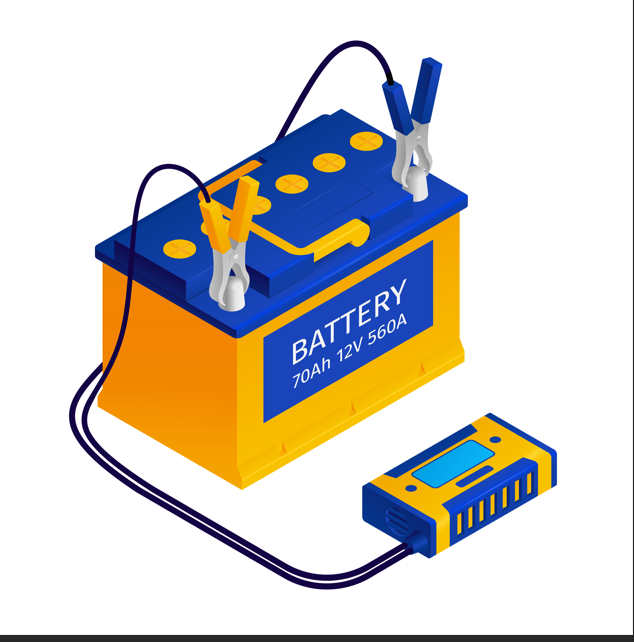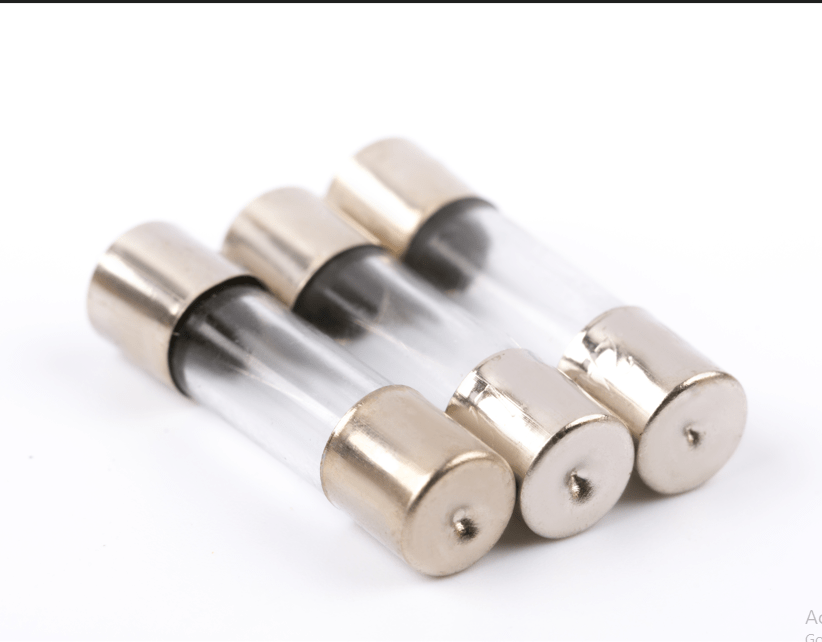Table of Contents
ToggleElectrical Circuit of Refrigerator

Function of parts
Lamp and Switch
The lamp and switch components function in the refrigerator to limit the unnecessary consumption of electrical energy. When refrigerator door is closed, then the lamp and switches are in series and the pressure of door helps to open the contact switch of the lamp thus the lamp remains off. As soon as refrigerator door gets opened, then the pressure on the push button is released and the switch closes immediately, then the lamp will glow. This arrangement helps to identify the position of refrigeration door thereby preventing the unnecessary use of electrical energy for the refrigeration process.
Thermostat switch
The main purpose of providing thermostat switch in the refrigerator is to maintain desired temperature in it. The function of the thermostat switch is given below.
When temperature of the domestic refrigerator is reached to 5–7°C, the thermostat switch automatically opens and cuts off the electric supply to the motor, thereby stopping the further cooling process. This switch gets opened for the duration as long as the above temperature is maintained.
When the temperature of the refrigerator increases from the normal value, the switch automatically closes and electrical energy is supplied to the motor temperature is maintained within the refrigerator.
Thermal overload release
The function of thermal overload release is to protect the motor compressor unit from excessive currents flowing through the motor winding when the temperature of compressor raises beyond the presetting value.
Here, the thermal overload release is nothing but a simple switch formed by a bimetallic switch in series with resistance. If excessive current is flowing through the motor winding due to overload, the resistance helps to heat the bimetallic strip and gets opened, thereby disconnecting the electric motor from the supply without any damage to it.
Starting relay
The function of starting relay provided in refrigerator is to start the split phase induction motor by connecting the auxiliary winding or starting winding across the main supply in addition to the main winding at the time of starting. This helps to make the split phase induction motor as self-induction motor is unable to start.
Common Faults in Refrigerator
Fault in the starting relay
If there is any fault in the starting relay, the motor is unable to start or it can start with humming sound.
In addition to the above, the motor starts with humming sound due to:
- The disconnection of starting winding at the time of starting.
- Low voltage applied across the refrigerator.
Starting relay function can be checked by measuring the resistance between the two ends of a relay coil. For a good working relay, the measured resistance should be zero. If there is any fault in the auxiliary winging, it must be replaced and the operating voltage of the refrigerator can be adjusted by incorporating a voltage stabilizer.
Fault in capacitor
In case of the refrigerator in which a single-phase split-phase induction motor is used to maintain a desired cooling in the system, it is not a self-starting one; to make it to self-start, a capacitor should be provided for phase splitting and to produce RMF. Thus, if there is any fault in the capacitor, the starting of the motor producing humming noise in such cases, it is necessary to replace the capacitor.
Fault in thermostat
Thermostat has to keep the motor circuit across the supply. If there is any change in cooling status of refrigerator, the fault is with thermostat, which is mainly due to the variation of resistance in series with the bimetallic strip due to environmental changes. Hence, the motor may or may not keep across the supply. So that, the thermostat contacts should be cleaned and the wiring must be redone.
Applications of Refrigerator
The making of ice.
The air-conditioning of industries.
Metal manufacturing and their treatment.
The freezing purposes of the food products.
The transportation of foods.


